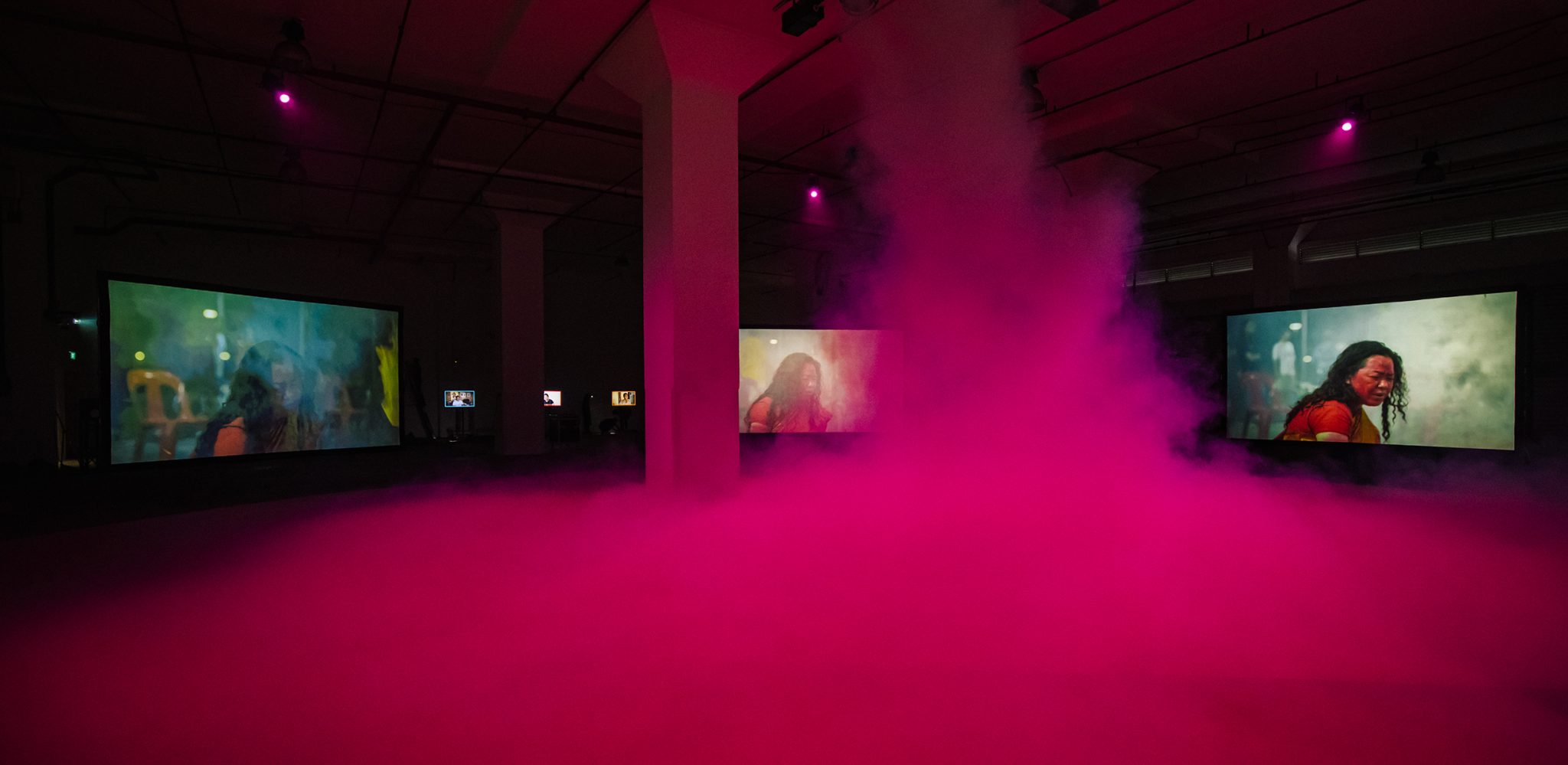From Choy Ka Fai’s exploration of shamanic dance cultures to young artists focusing on the intersection of the Internet and bodies, this year’s Singapore Art Week feels down to earth
With COVID-19 rendering travel virtually non-existent, festivals and events that rely partially on art tourism are rethinking their priorities. The state-sponsored Singapore Art Week (SAW), running from 22 to 30 January, is also shifting gears, with more resources directed towards local audiences and artists. Its events are also embracing more hybrid formats with physical and digital components. Despite or perhaps because of the changes, SAW is still self-described in its press release as ‘the pinnacle of Asia’s visual arts calendar’. I’m not so sure: this year’s edition feels more like the shelter-in-place, loungewear-clad, receive-no-visitors version. Although that isn’t a complaint. Minus the usual parties, dinners and international jet-set flying in and hogging the attention, SAW feels down-to-earth and uncoupled from national branding and economic imperatives driving previous editions. This year, the National Arts Council, Economic Development Board and Singapore Tourism Board – joint supporters of the event – have no outsiders to impress, no pinnacle to scale. As a result, SAW can finally relax.
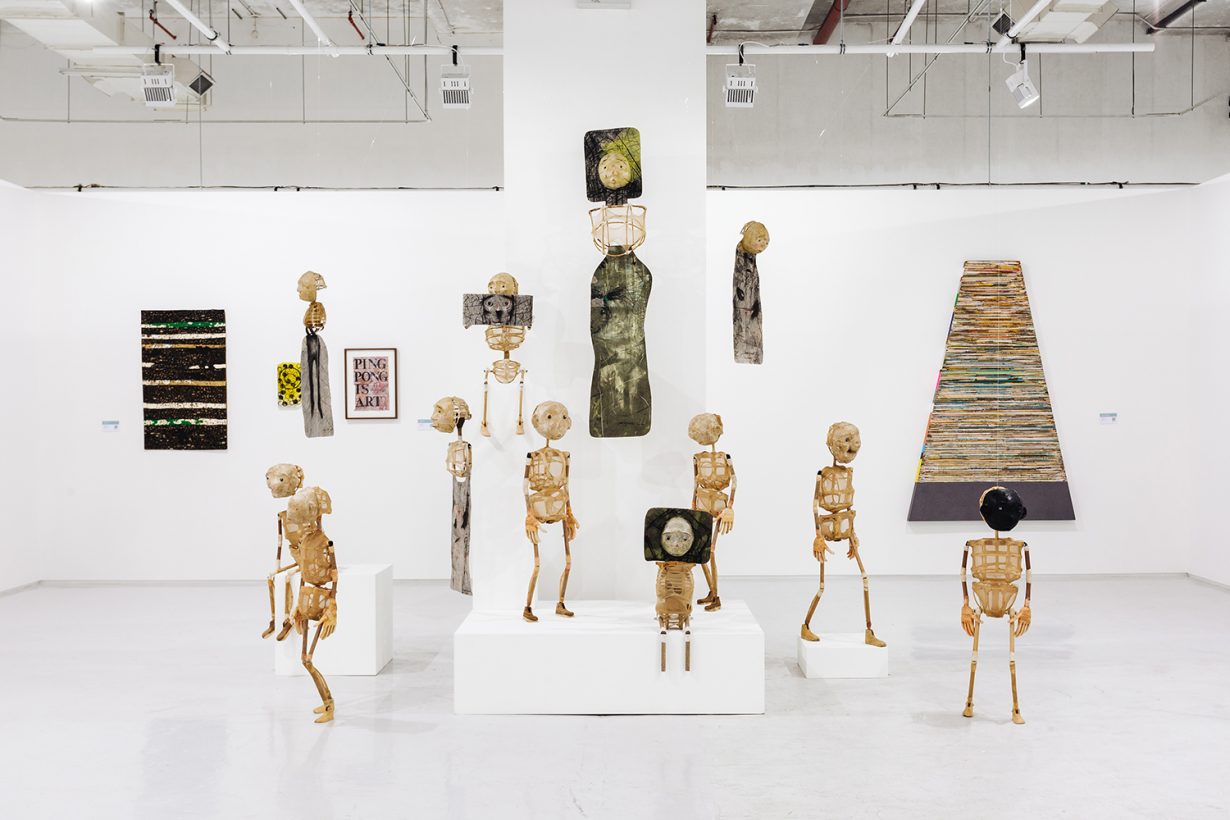
With over 100 events under its umbrella, SAW is a broad church, and this year, it feels even broader. There is an online .gif sticker exhibition. At Gillman Barracks, you can ‘catch’ critters designed by local artists on your mobile phone using augmented reality filters, à la Pokemon Go. In the carpark of the Singapore Chinese Cultural Centre, you can rent an electric car in a ‘drive-through exhibition’ titled Moo Moo Park, inspired by the upcoming Chinese Year of the Ox. There are also artworks along bus stops and in a train.
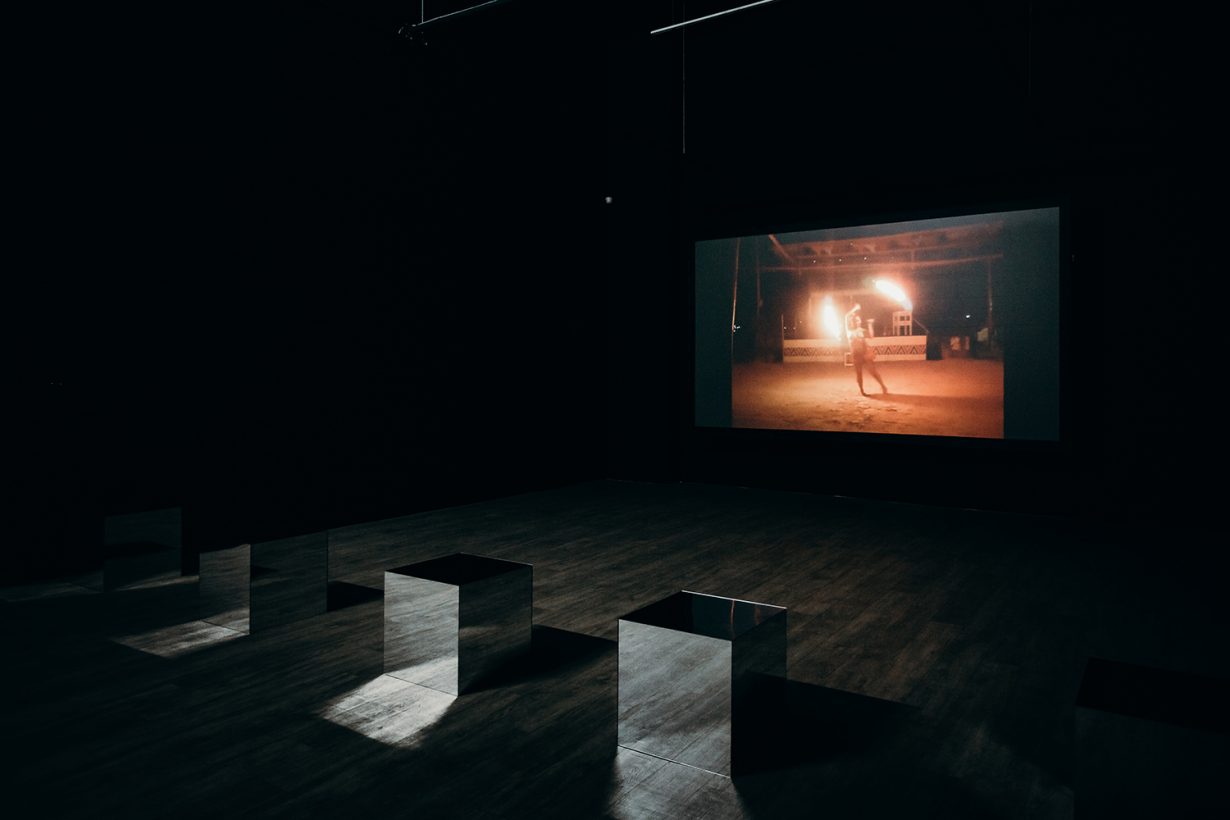
Sure, some of these activities sound like extensions of the government’s SingapoRediscovers project, aimed at getting Singaporeans to become tourists in their own country. Some stretch the definition of art. But they also represent a redirection of funds towards local arts-practitioners of all stripes. More than 40 projects this year are new commissions by practitioners based here, the largest number yet for SAW. The quality may be uneven, but the pop-up exhibitions, often by young artists and independent curators, stand out for their range of responses to the times. Networked Bodies, curated by Ong Kian Peng, is a media-heavy exhibition exploring how bodies connect via the Internet and social media; meanwhile, Maybe We Read Too Much Into Things, curated by Berny Tan, is insistently offline, focusing on the practices of six local artists who work with everyday objects to create fey, tender installations out of mundane materials. Elsewhere, there are platforms for new voices, such as Singapore Ceramics Now 2021, The Orchid; The Wasp and the fresh grad showcase, Pivot Point.
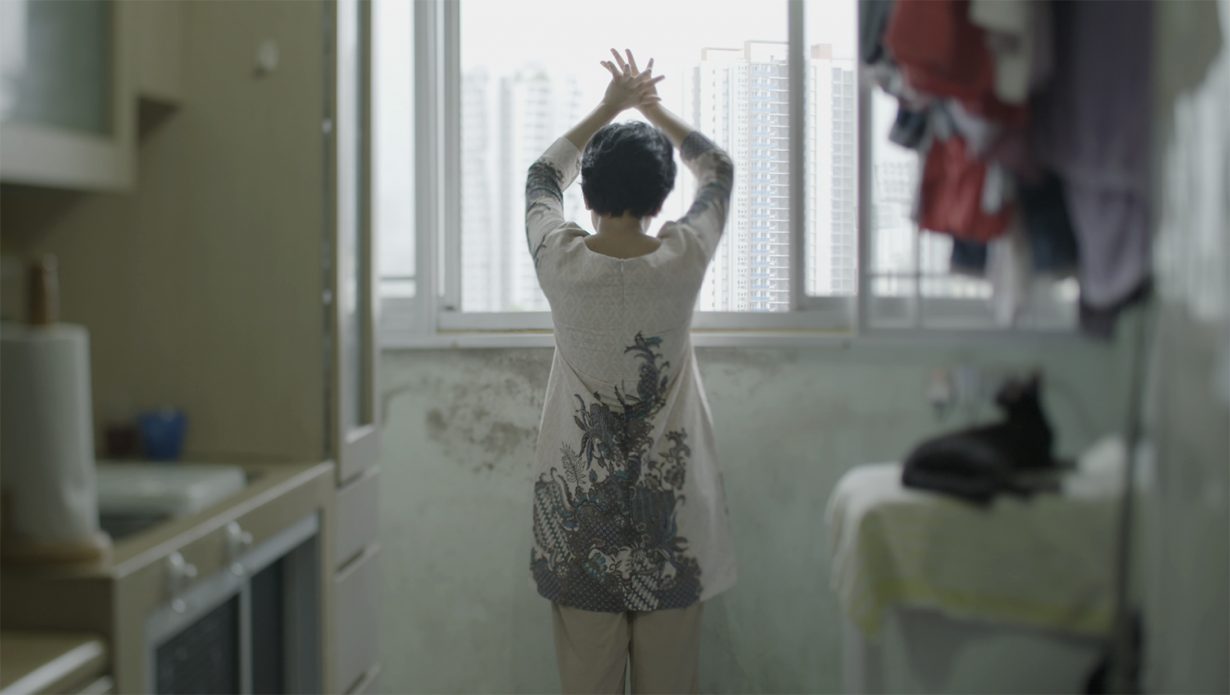
These spunky projects give this year’s SAW a decentralised feel, especially given that the week’s supposed anchor event, the S.E.A. Focus art fair, has been streamlined. Never large to begin with, the fair does away with individual booths and takes the format of a fluid, open exhibition featuring works flown in by 27 participating galleries. Overall, the fair is a low-key affair, with galleries eschewing competitive pageantry and sending in a tightly edited selection of mostly wall works. The non-2D highlights include the video installation of Singaporean artist Ho Tzu Nyen’s multipart The Critical Dictionary Of Southeast Asia (2017–), which is shown in its entirety for the first time, and skeletal rattan puppet figures by Iwan Effendi of Yogyakarta’s Puppetmoon Theatre.
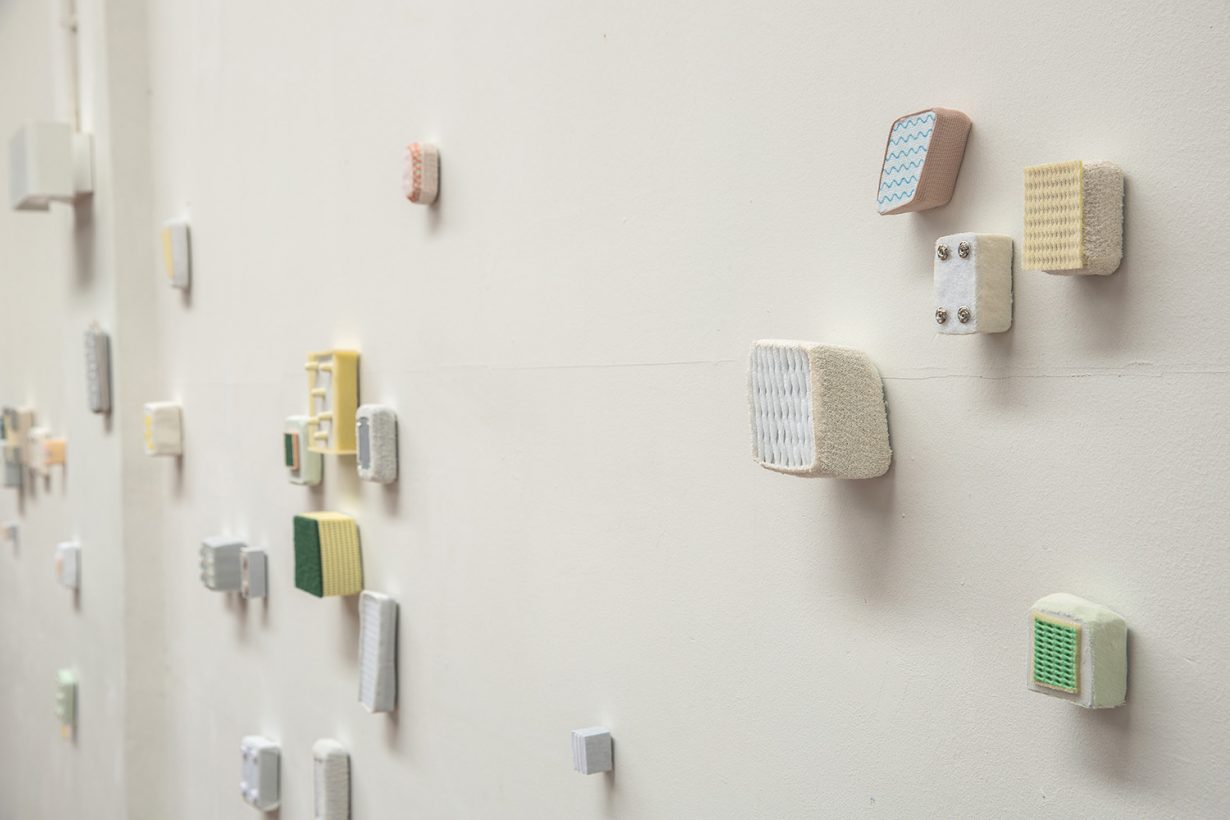
The event is staged at Tanjong Pagar Distripark, a high-ceilinged industrial zone near the Keppel port area. Next to it, in another warehouse space is an exhibition about shamanic dance cultures by Singaporean artist Choy Ka Fai. Organised by the Singapore Art Museum, whose original premises are under renovation, CosmicWander is the culmination of Choy’s 18-month research trip across Asia where he spoke to more than 50 spirit mediums about their practices. The exhibition, described as a work-in-progress, features an immersive six-channel video showing the rituals of six mediums, including a game avatar he invented; a smaller video installation with other digital avatars of gods in the style of Para Para Paradise dance video games; and a straightforward documentary section where mediums are interviewed.
The exhibition has its moments. At its best, it is strange, ecstatic and terrifying at the same time. It also takes the mickey out of Singapore’s national branding exercises. CosmicWander’s exhibition flyer shows a Singaporean medium, face painted red and framed with straggly wet hair, channelling the Hindu goddess Kali. The heading says, ‘DARING, DIVINE, DEMOCRATIC’ and below that, ‘Passion Made Possible’ – that latter being the tagline of the global campaign for Singapore by the Singapore Tourism Board and the Economic Development Board.
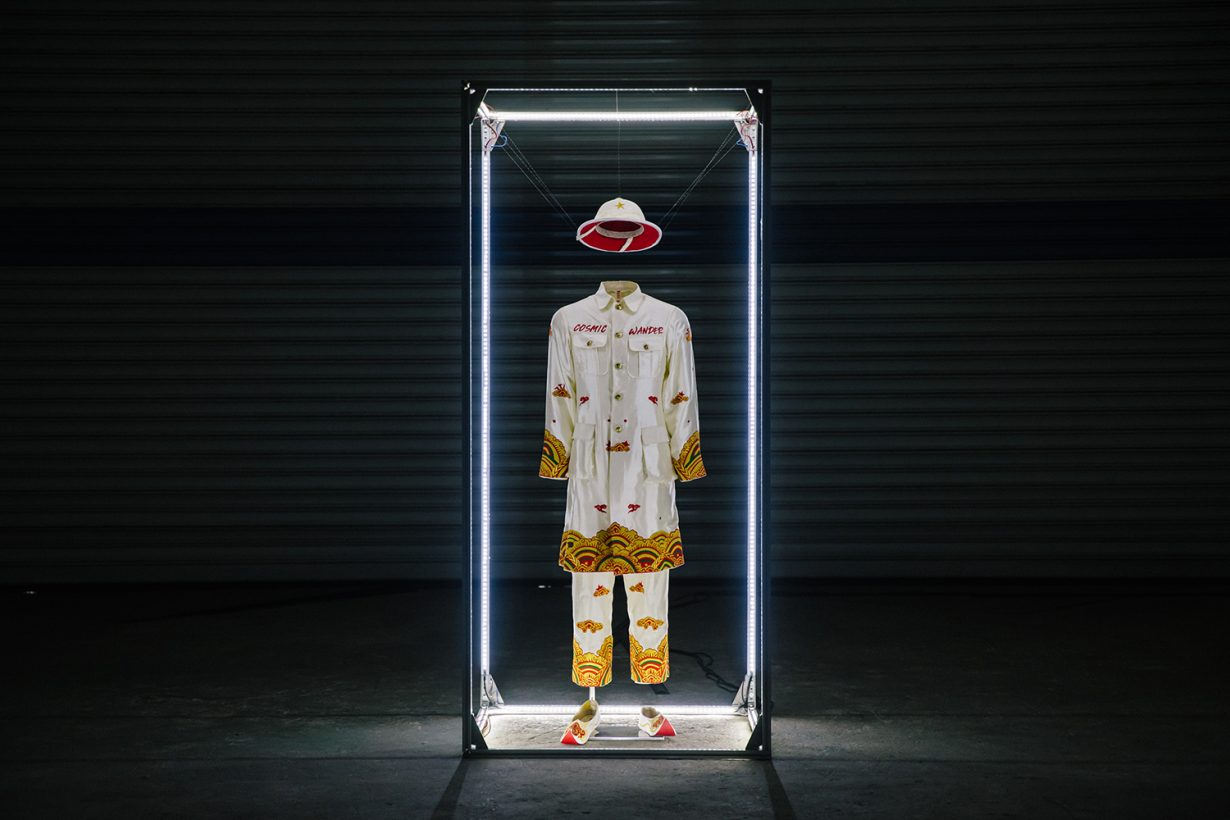
Choy’s parody is a bit of a cheap shot, but would it have passed muster with the notoriously thin-skinned Singapore authorities in a year when the stakes were different, when there would be more international exposure? Who knows? In any case, it is to SAW’s credit that it accommodated the spoof – demonstrating a graciousness and spaciousness that seems extra precious during these tough times…
Which may end soon, given the global COVID-19 vaccine rollout, and according to divine sources. I attended Choy’s performance lecture that was live-streamed on 22 Jan on YouTube. Amongst other things, there was a video of him consulting a ‘Chinese Jesus’ in a Taiwanese temple. Choy asked when the COVID-19 pandemic would end – and the medium, rocking a sort of wooden implement in front of the deity, said 2021. Amen!
